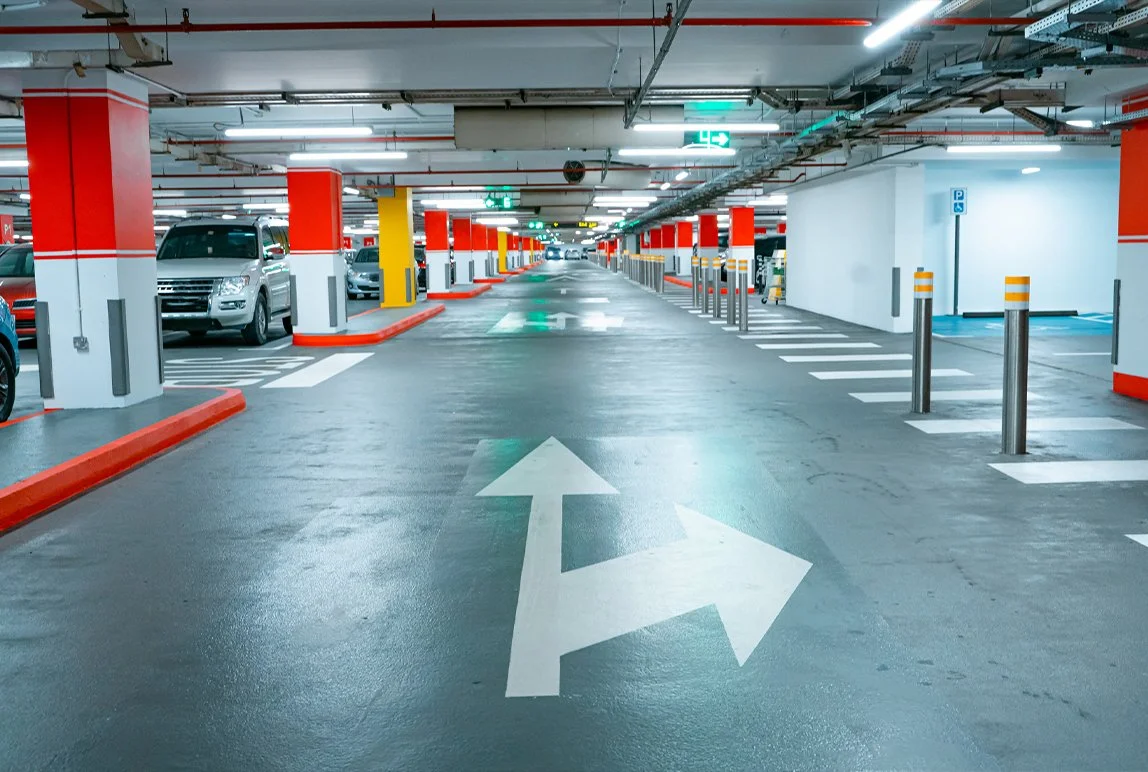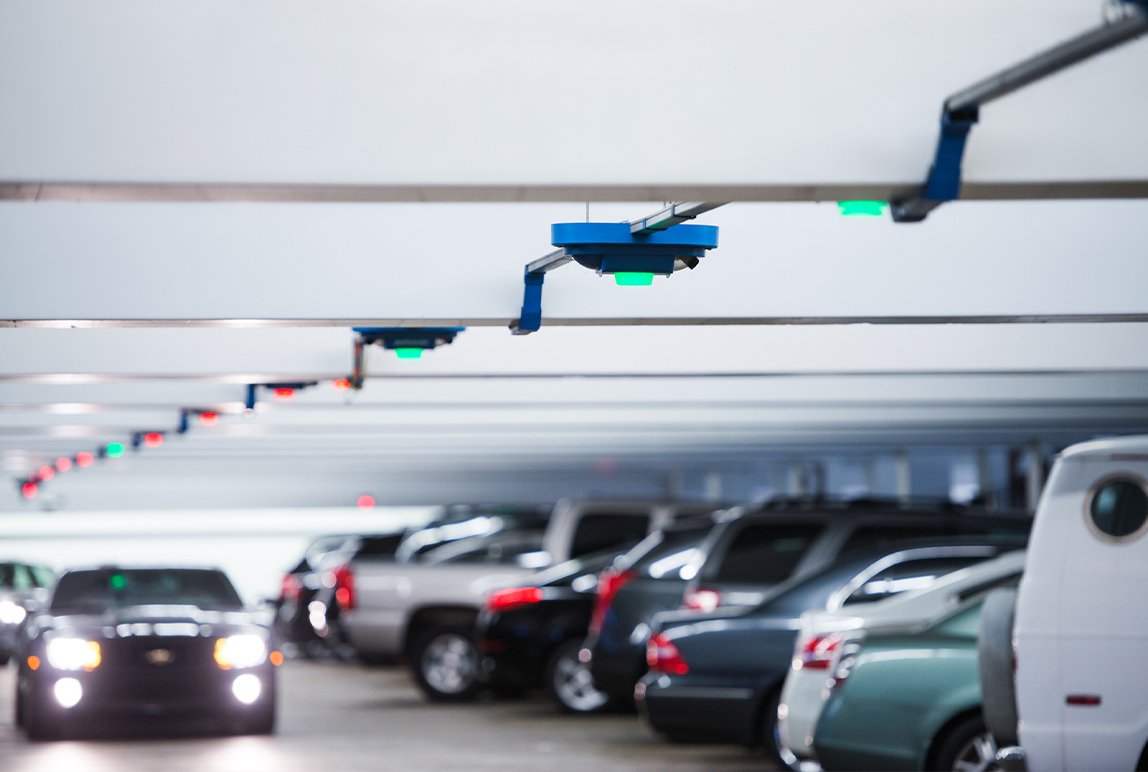How to Implement an Effective Curbside Management Strategy
Posted: Feb, 07, 2023 3:19PM ET • 2 min read
From parking to package pick-up and drop-off (and in some cases, restaurants extending their outdoor dining spaces), the behind the scenes work that goes into creating a functional and flexible curbside involves continuous efforts to develop and sustain an effective curbside management strategy.
With the growth of E-Commerce deliveries and ride services like Lyft and Uber, we’ve seen a disruption to traditional curbside activity. Today more than ever, managing the curb is something every parking operator and public space regulator must consider.
For many, curbs are looked at as a place to park; however, cities worldwide are increasingly incorporating dynamic and flexible curb spaces that can serve multiple uses. On-street parking, loading and drop-off zones, public transit, dedicated delivery spaces, bicycle and e-scooter parking, and ridesharing are just a few opportunities curbs offer.
Below is a step-by-step guide to implementing an effective curbside management strategy.
1. Conduct curb mapping to identify opportunities.
To manage the curb, you first need to create a layer of geographic information with curb mapping. This involves identifying and categorizing curb segments, analyzing the regulations, signage and messaging that are currently in place, assessing the infrastructure and its existing uses, and understanding current and future customer needs. Once mapped, a plan can be created (including prioritization of uses to specific curbside segments) to implement an effective and appropriate curbside management solution.
2. Use artificial intelligence to interpret customer behaviour.
Intelligent curb management systems must heavily rely on historical and real time information gathering that in return will help to create a simulation model of their expected behaviour. In this context, artificial intelligence plays an important role, and as mobility service providers we put every effort into getting the most value out of this data and teaching AI systems how to interpret it.
Ultimately the true winners will be the residents as our systems can help making urban spaces smarter and enable them to meet people’s everyday needs while shopping, commuting, or just hanging out around the city.
3. Ensure an effective reporting program is in place.
Ensuring an effective reporting program is in place to monitor the use of the curb is crucial in determining if the curb management strategy is effective. To do this, you must implement monitoring strategies.
This can be achieved through automation and remote monitoring techniques but manual actions can be a significant plus to improve the quality of the information collected. Counting parked cars, tracking the average duration customers are parking, detecting the use of loading or ride-share zones and more are standard inputs that must be integrated in the reporting environment on top of all the more traditional operational data like sales activity, field systems performence or infrastructure communication stability.
Actual monitoring involves using multiple technologies such as vehicle detection sensors, cameras, license plate recognition, RFID readers, Bluetooth Low Energy (BLE) permits, and more to observe curb activity. A combination of these technologies can provide up-to-date and accurate data.
4. Integrate a central management platform to track analytics and make period-over-period comparisons.
Integrating a central management platform as a part of your curbside management strategy will provide insightful analysis derived from onsite technology. Real-time analytics enable parking operators to understand who is using the curb, how it’s being used, predict future behaviors and create period-over-period comparisons. Utilizing a central and integrated management platform is an effective way to ensure your curbside solution is working correctly and effectively, and if adjustments need to be made, your decision making process will be significantly facilitated with explicit knowledge inputs.
Although for most, the curb can appear as merely a place to park, so much more happens behind the scenes to ensure the curbside is efficient and effective for various in-demand needs. Whether it’s high traffic or not, managing the curb is integral to your parking management strategy.
References
Drow, M., & DeBrow, C. (2020, March 23). Curbside management: Managing access to a valuable resource. International Parking & Mobility Institude. Retrieved January 2023, from https://www.parking-mobility.org/2019/05/06/curbside-management-managing-access-to-a-valuable-resource/#:~:text=Curbside%20management%20is%20the%20collection,and%20other%20high%2D%20demand%20areas.
Fogelson, Y. (2022, July 9). Flexible curb management: Optimizing the public curbside. CurbIQ. Retrieved January 2023, from https://curbiq.io/blog/flexible-curb-management-optimizing-the-public-curbside/
Healthy Cities Practice good curb management. CurbIQ. (2022, December 7). Retrieved January 2023, from https://curbiq.io/guide-to-curb-management/
Mitman, M. F., Davis, S., Armet, I. B., & Knopf, E. (2019). Curbside Management Practitioners Guide - Bicycle Network. The Institution of Transportations Engineers. Retrieved January 2023, from https://s23705.pcdn.co/wp-content/uploads/2019/03/ITE-Kerbside-Curbside-Management-Guide.pdf
Richards, P. (2019, March 5). The case for a curbside management strategy. Arcadis IBI Group. Retrieved January 2023, from https://www.ibigroup.com/ibi-insights/curbside-management-strategy/
Share Article:
Featured Articles
ABOUT THE AUTHOR
Emmanuel Lereno
Chief Digital Transformation Officer
As Precise ParkLink’s Chief Digital Transformation Officer, Emmanuel plays a key part in strengthening the company’s industry-leading technology innovation and business intelligence expertise to help our customers drive their digital transformation strategies.
Lereno brings more than 20 years of experience in parking and mobility industry to Precise ParkLink. Joining Schlumberger Systems in 2002, Lereno worked on data-driven oil detection systems after completing a Ph.D. in Business Intelligence. He then joined Parkeon where he served as a business analyst in several European countries and coordinated the delivery of complex parking infrastructure projects.
In 2011, Lereno started to focus exclusively on the North American market as part of the company's strategy to develop its digital solutions portfolio investments and expand its business in the US and Canada. Lereno then assumed the role of Senior Vice President of Digital Services for Flowbird US, where he focused on the expansion of Flowbird smart city solutions for the USA and Canadian markets.
Questions?
Fill out the form below and we will do our best to connect you with a suitable contact.













